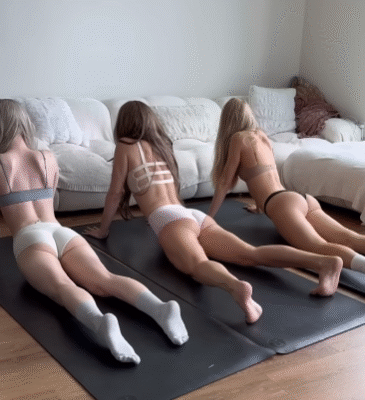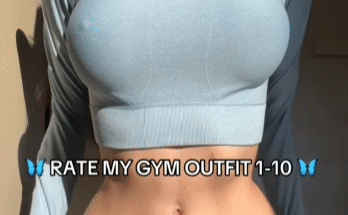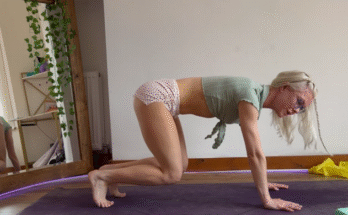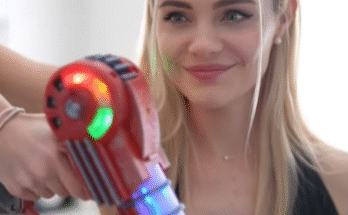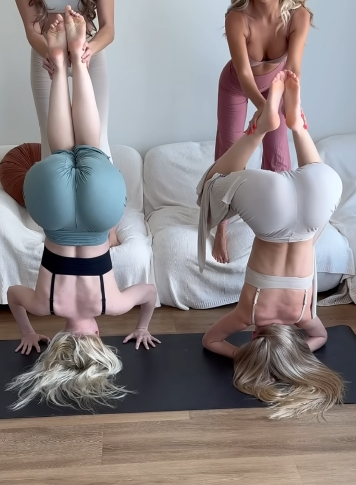
The world of yoga is vast and rich, with poses that nurture every muscle, calm the mind, and soothe the soul. Among the many, the Happy Baby Pose, or Ananda Balasana, is one of the most iconic and relaxing stretches, especially for the hips and lower back. But not everyone’s body fits neatly into the mold of a traditional yoga pose. That’s where modifications come in—a gift for accessibility, comfort, and deeper personal connection to your practice. In this article, we’ll explore the Happy Baby Modification with a Focus on the Leg Stretch, uncovering its benefits, how to do it safely, and how to make it your own
What is Happy Baby Pose?
Happy Baby Pose is a gentle yet effective stretch commonly done at the end of a yoga session. The pose gets its name because it mirrors the way a baby naturally grabs their feet while lying on their back. It looks playful and feels relaxing, but it’s doing much more under the surface.
In the traditional version of the pose:
- You lie flat on your back.
- Bend your knees into your belly.
- Grab the outside edges of your feet with your hands.
- Open your knees wider than your torso and bring them toward your armpits.
- Keep the ankles stacked above the knees, creating a 90-degree angle with the legs.
This pose releases the lower back, opens the hips, and stretches the inner thighs and hamstrings. But for many adults, especially those with tight hips, hamstrings, or back issues, this pose can feel more frustrating than calming.
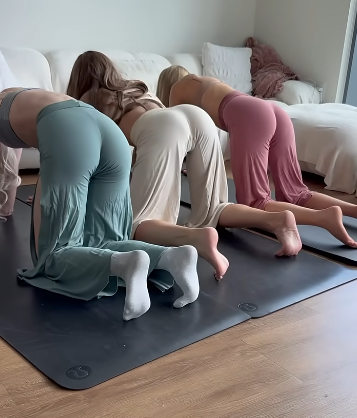
Why Modify the Happy Baby Pose?
Not all bodies move the same. Some of us have shorter arms, tight hamstrings, stiff hips, or back pain that make the full expression of Happy Baby challenging. Instead of forcing the traditional pose and risking discomfort or strain, modifying the pose allows you to still gain all its wonderful benefits while staying safe and comfortable.
Enter: the Happy Baby Leg Stretch Modification.
This variation emphasizes one leg at a time, allowing you to focus deeply on the stretch without overwhelming your lower back or requiring too much flexibility.
How to Do the Happy Baby Modification – Leg Stretch Version
Here’s a step-by-step guide to practicing a safe and effective Happy Baby Modification:
1. Set the Scene
Start by lying flat on your back on a yoga mat. Take a few deep breaths to ground yourself and relax your body.
2. Bend One Knee
Draw your right knee toward your chest. Keep the left leg extended flat on the mat, or bend it with the sole of the foot on the floor for more support.
3. Grab Your Foot or Use a Strap
Reach your right hand to the outside edge of your right foot. If you can’t reach, wrap a yoga strap, belt, or towel around the arch of your foot and hold that instead.
4. Open the Hip
Gently open the right knee out toward the armpit, keeping the ankle over the knee (as much as possible). Your shin should be perpendicular to the floor.
5. Add the Stretch
To deepen the leg stretch, gently pull on the foot or strap to open the hip further. Feel the stretch through your inner thigh, groin, and hamstring.
6. Relax and Breathe
Hold the pose for 30 seconds to a minute, breathing slowly and deeply. Let your lower back stay grounded, and soften through your shoulders.
7. Switch Sides
Release the leg gently, and repeat the same steps on the left side.
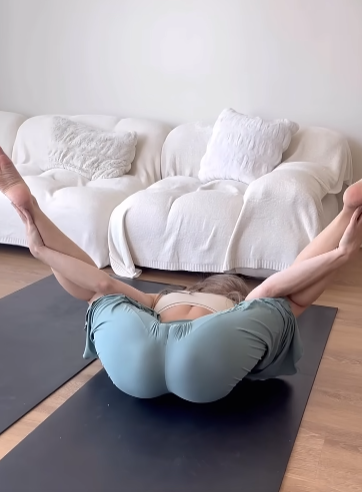
Benefits of This Modified Stretch
This Happy Baby variation offers several powerful benefits, especially for those who are easing into yoga or recovering from injury:
🌿 Gentle Hip Opening
By focusing on one leg, you reduce the pressure on your lower back while still getting a great hip opener. This is ideal for beginners or those with limited flexibility.
🌿 Hamstring and Inner Thigh Stretch
Stretching one leg at a time allows you to go deeper into the muscles without forcing anything. Over time, it increases flexibility in the hamstrings and adductors.
🌿 Low Back Relief
This modification keeps the spine grounded and neutral, making it safer for people with lower back sensitivities.
🌿 Mind-Body Connection
Holding a modified pose with focus helps build body awareness. You become more in tune with how your muscles feel, where you hold tension, and how breath can help you release it.
Tips to Make the Most of Your Practice
To fully benefit from the Happy Baby Leg Stretch, keep the following tips in mind:
- Use Props Freely – Yoga straps, blocks, or towels can help you reach your foot without straining. There’s no shame in using props—they’re tools of empowerment.
- Focus on Breath – Your breath is your best guide. If your breathing is shallow or strained, ease off the pose.
- Keep the Spine Grounded – Your tailbone should stay in contact with the mat. If your lower back lifts too much, try bending the extended leg or placing a cushion under your hips.
- Respect Your Limits – Yoga is not about perfection. It’s about being present and kind to your body. Never push to the point of pain.
- Combine with Other Gentle Poses – Try pairing this stretch with poses like Reclined Twist, Supine Pigeon, or Legs-Up-The-Wall for a relaxing sequence.
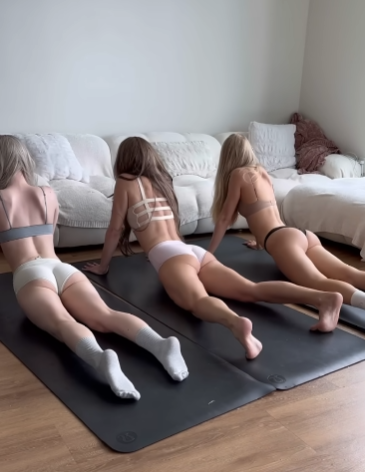
When to Practice This Pose
You can practice the Happy Baby Leg Stretch modification:
- At the beginning of your yoga practice to gently open up your hips.
- At the end of your session for a deep stretch and calming effect.
- Before bed to release stress and relax your lower back.
- During recovery days as part of a light stretching routine.
This pose is particularly helpful after long periods of sitting, intense workouts, or when you’re feeling emotionally drained and need to reconnect with your body.
Final Thoughts: Make It Yours
Yoga is not about folding yourself into a pretzel. It’s about folding yourself into peace, into acceptance, into growth. The Happy Baby Modification with Leg Stretch is a reminder that sometimes the best things in yoga come when we slow down, listen, and adjust.
Modifications are not signs of weakness—they are signs of wisdom. Whether you’re a seasoned yogi or just getting started, this gentle stretch can offer relief, release, and a smile—just like a real happy baby.
So the next time you roll out your mat, give this version a try. Let your body stretch, let your breath guide you, and let your heart feel the joy in simply being. That’s what yoga is all about.
